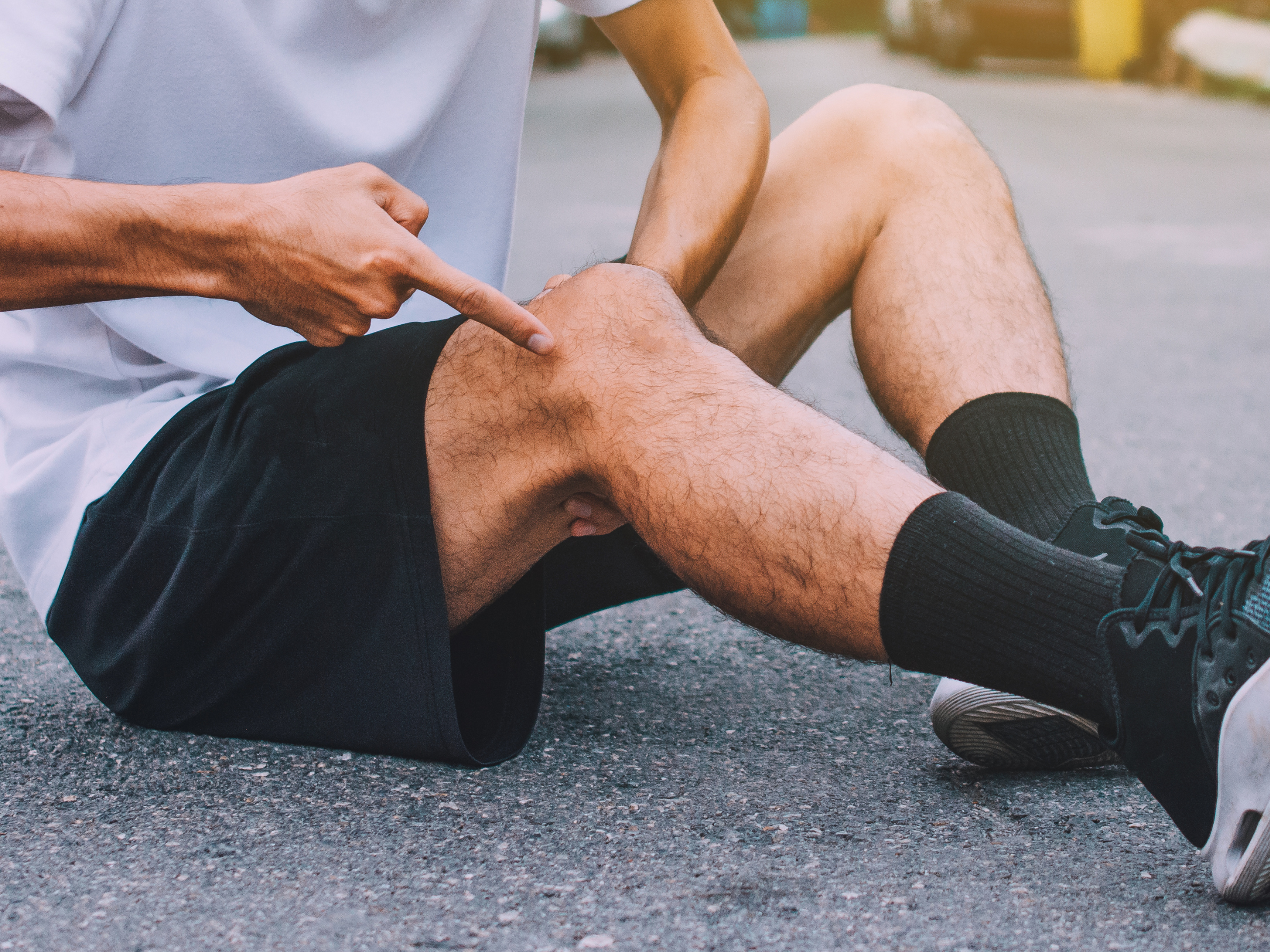Master KT taping techniques for 3 common knee injuries in runners
In this article, we’ll show you how to correctly apply KT (kinesiology) taping for the most common running-related knee injuries and issues related to them.
This includes:
- Patellofemoral pain taping
- IT band syndrome taping
- Knee swelling taping
Every runner is unique
Patellofemoral taping
You can use this patellofemoral taping technique for patellofemoral pain syndrome, knee arthritis, or any other injury that causes pain over the front of your knee.
Does patellofemoral taping work?
Researchers have found that using KT taping around your knee can reduce your pain and improve your position sense.
As a result, it can help you progress better with your treatment exercises for patellofemoral pain syndrome.
How to apply patellofemoral knee taping (KT) correctly
Warning
- Do not apply kinesiology tape over open wounds.
- Remove the tape immediately if it causes your skin to turn red, itch, burn, or blister.
What you’ll need
- Two strips of KT tape of equal length, both long enough to run around your patella (kneecap) and up toward the upper thigh
- One shorter piece, nearly the width of the area below the knee
- Scissors
The Exakt Health App offers customized rehab plans backed by evidence, designed specifically for running injuries. It effectively paces your rehab and offer valuable tips along the way to stop pain from slowing your progress.
KT tape for IT band syndrome
IT band syndrome is one of the most common running injuries typically associated with pain in different areas along the outer side of the knee.
Where you feel your pain depends on the location of the injury in your IT band.
Does taping work for IT band syndrome?
Using KT tape for IT band syndrome may temporarily relieve pain during and after a run, but it won’t speed up healing and can’t protect your IT band from further injury.
The best way to treat and prevent IT band syndrome in the long term is with a tailored rehab program combining relative rest and rehab exercises that progress over time.
How to apply KT tape for IT band syndrome
Warning
- Do not apply KT tape over open wounds.
- Remove the tape immediately if it causes your skin to turn red, itch, burn, or blister.
What you’ll need
Two pieces of KT tape:
- One piece long enough to go from the front of the shin bone to about halfway up the outside of the thigh.
- One shorter piece to be applied directly over your most painful point.
Knee taping for swelling
Athletes often use KT taping for knee swelling alongside meniscus tear treatment or knee sprain rehab, but you can also use it for any running injury that causes swelling in the front of your knee.
Does KT tape work for knee swelling?
The evidence for KT tape is extremely limited, but some runners find it works to control their knee swelling.
We suggest you try KT taping in together with proven treatments (like the structured rehab plans mentioned above).
If it improves your recovery, stick with it. Otherwise, save your money and continue with the other treatments.
How to apply KT tape for knee swelling
Warning
- Do not apply KT tape over open wounds.
- Remove the tape immediately if it causes your skin to turn red, itch, burn, or blister.
What you’ll need
- You'll need one wide strip of KT tape (or 2 thinner ones) long enough to cover the knee.
- Scissors
Conclusion
KT taping doesn't always work for runners with knee injuries so it's up to you to decide if it's worth trying.
Remember, using KT tape alone won't fully heal your injuries or prevent further ones from occurring. Combining it with a structured rehab program is key to long-term recovery and injury prevention.





